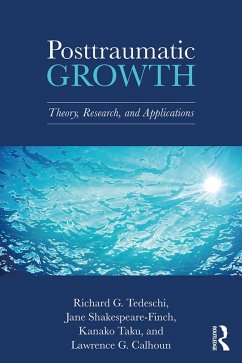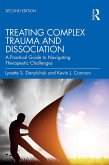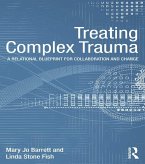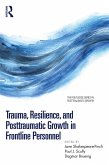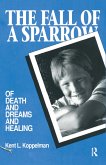Dieser Download kann aus rechtlichen Gründen nur mit Rechnungsadresse in A, B, BG, CY, CZ, D, DK, EW, E, FIN, F, GR, HR, H, IRL, I, LT, L, LR, M, NL, PL, P, R, S, SLO, SK ausgeliefert werden.
Stephen Joseph, PhD, author of What Doesn't Kill Us: The New Psychology of Posttraumatic Growth
"This new book is a plentiful harvest of more than twenty years of international research and applied practice on posttraumatic growth. The two world-leading originators of the concept are joined by the two leading experts in international research on posttraumatic growth. What a stupendous work of diligence and scholarship!"
Andreas Maercker, PhD MD, chair and professor of psychology, Division of Psychopathology and Clinical Intervention, University of Zurich
"Posttraumatic Growth is the definitive and up to date guide on trauma and positive change written by the world's leading researchers on the subject. The remarkable depth and global reach of the book shows just how far Richard Tedeschi and Lawrence Calhoun's pioneering work has come in just a few decades. Posttraumatic Growth is required reading for anyone hoping to understand this fundamental human response to struggle."
Jim Rendon, author of Upside: The New Science of Post-Traumatic Growth

